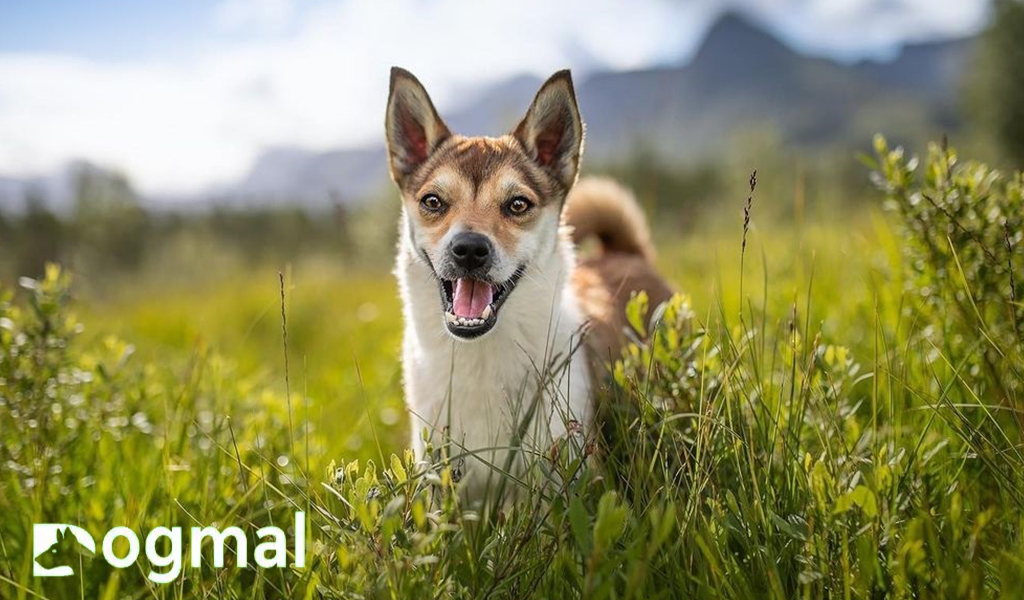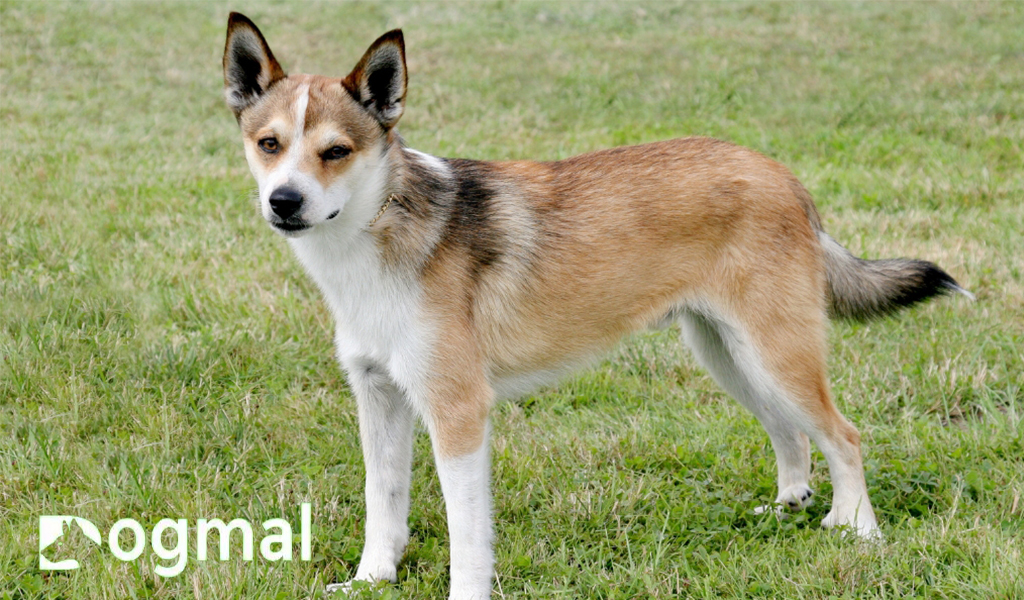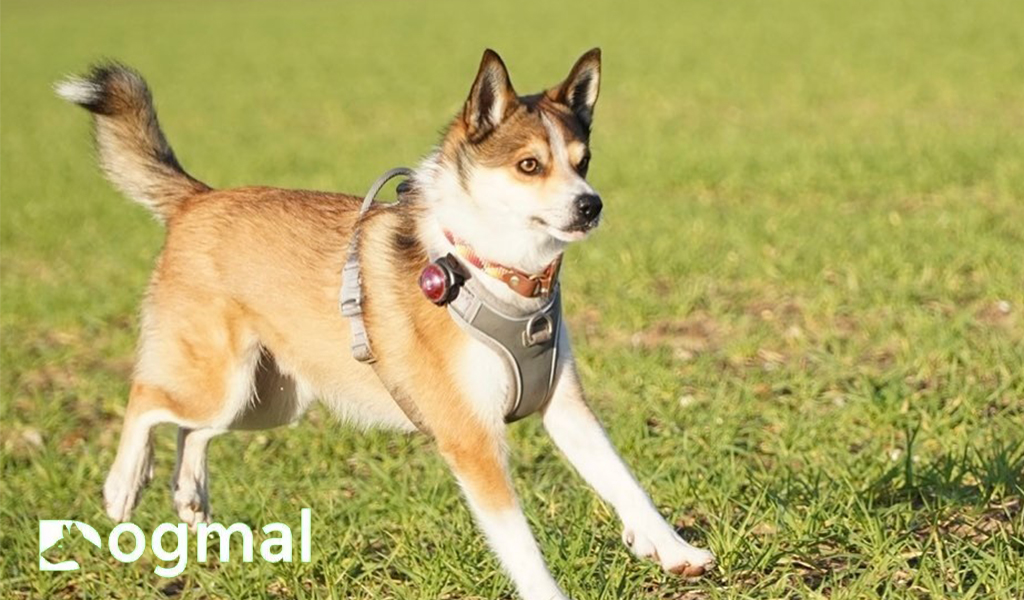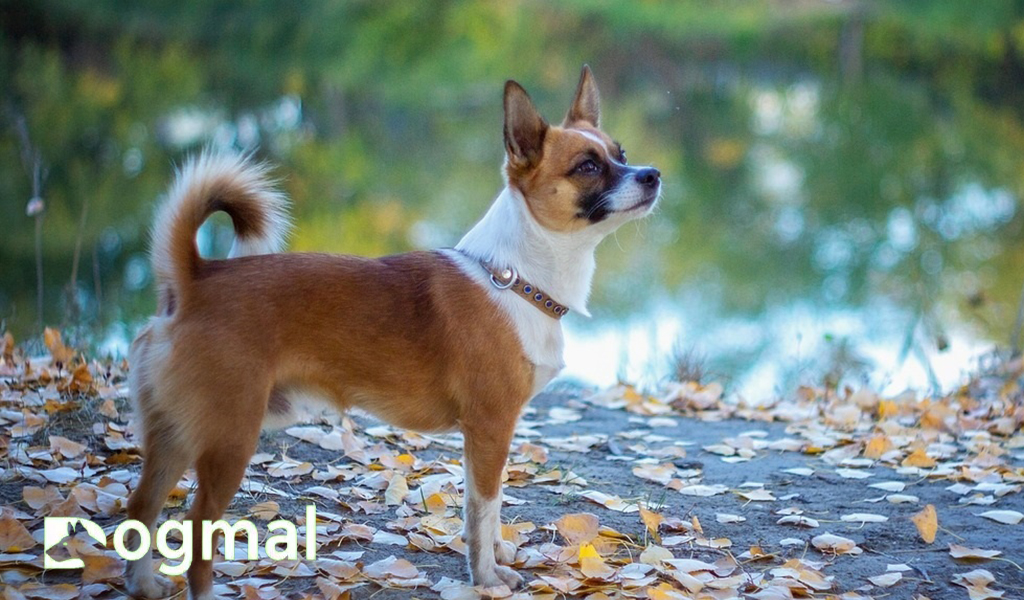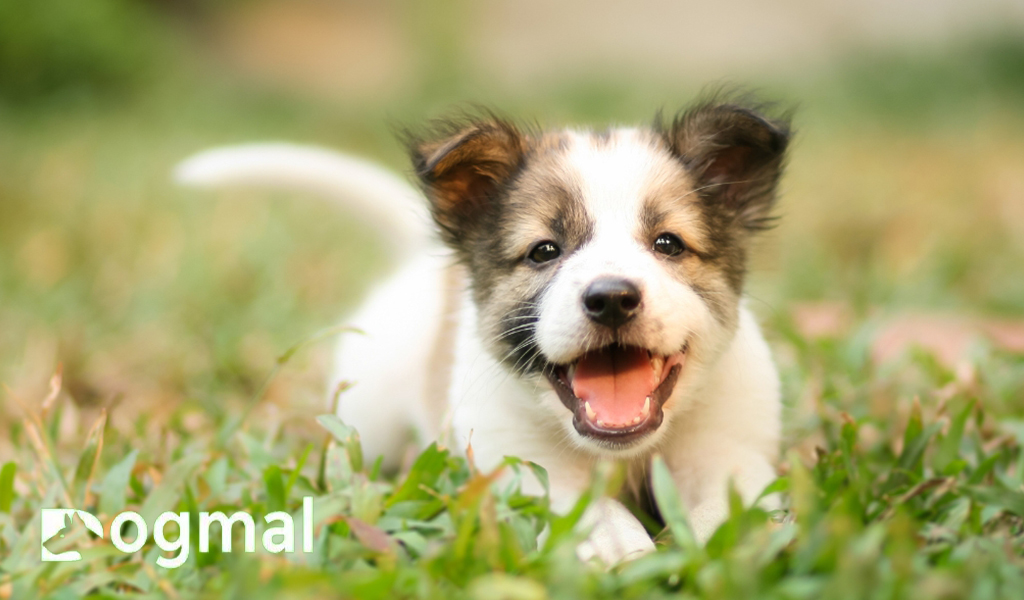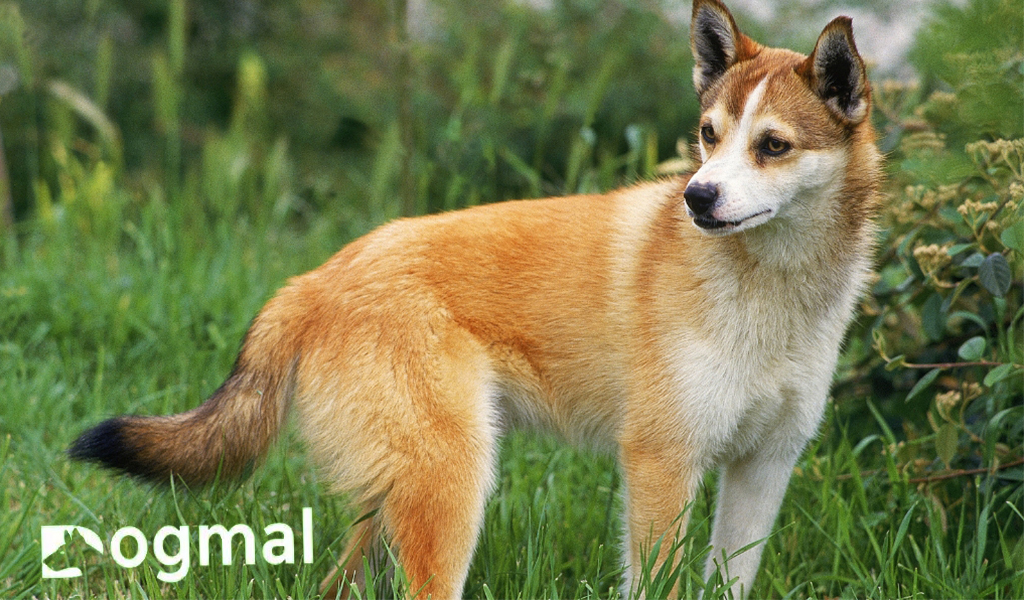The Norwegian Lundehund is a Spitz-type small dog breed that originated in Norway. These are purebred dogs. The breed was created to hunt puffins and their eggs. Its thick coat ranges in color from speckled to reddish-brown to tan, with black hair tips and white patterns, or white with red or darker markings.
Norwegian Lundehund Dog is quite sensitive. They are extremely bright and fun-loving, which makes them entertaining and occasionally challenging. This Spitz is alert, enthusiastic, devoted, and protective.
He is usually generous and enthusiastic and is afraid of strangers. It is a terrific companion for older, more energetic youngsters.
Highlights/Content
- History of Norwegian Lundehund Dog
- Breed Overview
- Appearance
- Temperament
- Health
- Norwegian Lundehund Dog Care
- Advantages and Disadvantages
- Photo gallery
History of The Norwegian Lundehund Dog
The Norwegian Lundehund is a purebred dog. The precise origin of the Norwegian Lundehund is unknown. Over generations, the breed has been found in the Norwegian archipelago of Lofoten. It was developed in the 1500s on different islands off the northern and western coasts of Norway.
They were bred to climb high, rocky cliffs and explore tight, often dangerous underground tunnels in search of young puffins. They are sometimes referred to as “sea parrots”. The family maintained several hounds for hunting.
When bird netting began to replace them, the species’ population declined. Norwegian laundresses are still very rare today. In 2011 the AKC designated it an official breed.
Norwegian Lundehund Dog Overview
- Origin: Norway
- Nick Name: Norsk Lundehund, Norwegian Puffin Dog, Lundehund
- Life Span: 5-10 Years
- Height: 13-16 Inch
- Weight: 13-15 Pound
- Coat: Short double coat
- Color: Black, Gray, Reddish Brown, Sable White, White, Yellow
- Litter Size: 4-8 Puppies
- Breed Size: Small
- Energy Level: Active
- Exercise Need: High
- Barking level: When Necessary
- Patterns: Bicolor, Tricolor, Saddle/Blanket
- Breed Group: Non-Sporting
Appearance
The Norwegian Lundehund is a striking and majestic-looking dog with some really distinctive characteristics passed down from her ice period ancestors. They have a weather-resistant double coat. The coat color can range from brown to black with black tips and white markings.
It has a triangular-shaped head and a long nose. It is important that their body type allows for freedom of movement and flexibility. Their neck and shoulders are very flexible and can almost touch their spine when bending backwards. They may fold their ear cartilage.
Their eyes are almond-shaped and yellowish-brown. It has six toes on each foot, with double and triple jointed front toes. Their limbs are powerful and allow them to move freely.
Temperament
The Norwegian Lundehund is a lively and devoted companion. She is compassionate, smart, and a great problem solver, as well as loving and entertaining. He is also a noisy dog that enjoys barking. As a result, it is unsuitable for apartment living.
The Norwegian Lundehund is an independent thinker who may be obstinate. They are extremely difficult dogs to housetrain, and some owners find it impossible to housetrain them properly. Strangers can make Norwegian Lundehund nervous.
The Norwegian Lundehund is a friendly, gregarious little dog. He is outgoing and sociable with visitors, children, and other dogs.” When Norwegian Lundehund puppies are socialized and properly trained, they can be great companion animals. It can be ideal for first time pet owners.
Health
The Norwegian Lundehund are typically healthy dogs, with a life expectancy of 5-10 years. They are usually savvy breeders checking their stock for health problems such as patellar luxation and eye diseases. This unusual dog breed does have certain distinct health difficulties that owners should be aware of, such as gastrointestinal disorders.
Patellar luxation: Patellar luxation is a frequent condition, particularly in small dogs, and it can lead to cartilage degradation, inflammation, discomfort, and ligament tears.
Eye problem: It is prone to eye illnesses such as cataract, glaucoma, and primary lens luxation. Eye issues are difficult to prevent since they are hereditary or develop over time.
Norwegian Lundehunds are prone to intestinal lymphangiectasis, often referred to as Lundehund syndrome. It is a protein-degrading enteropathy characterized by intermittent diarrhea, vomiting, weight loss, and ascites.
Norwegian Lundehund Dog Care
The Norwegian Lundehund, like any other dog, requires special attention. The Norwegian Lundehund has a low-maintenance double coat that is composed of a rough outer coat and a dense, soft undercoat. A weekly brushing will assist to eliminate dirt and loose hair from the dog’s coat and keep him looking his best.
They do not require a lot of activity on a regular basis. Feeding them should be well planned as they thrive on the best diet. Toxic or genetic issues must be addressed. It is necessary to treat environmental or genetic concerns.
Feeding
The Norwegian Lundehund dog’s stomach is not physiologically suited to digesting or fermenting carbohydrates. Feed them a high quality diet that is appropriate for their age, activity level and size as well as any other health concerns.
Even grain-free kibble contains lots of starchy carbohydrates like beans, peas, and lentils. Maintaining a healthy weight is important for all breeds of dogs. They are known to gain weight, their diet should include biologically adequate protein, healthy fats, pulverized bones, and vegetables rich in essential vitamins and minerals.
Always have fresh water on hand for them. Give him a high-quality, balanced dogs diet, generally in the form of two measured meals each day. Fresh dog food includes omega-3 fatty acids, which have been demonstrated to alleviate inflammation and improve arthritis.
Exercise
The Norwegian Lundehunds have moderate energy levels and require regular exercise. A 30-minute brisk stroll and some time will suffice to keep them entertained. Plan on giving dog at least one to two hours of activity every day, which may be accomplished by walking, running, hiking, intense play, and other activities.
They are happy and healthy as long as they are outside, whether they are racing around the block or trekking in the mountains. Puzzle toys can assist give brain stimulation.
If Lundehunds do not get enough daily activity and mental stimulation, they are prone to developing behavioral problems such as barking, digging and running away.
Grooming
The Norwegian Lundehund has a rich undercoat that sheds significantly twice a year. Brushing it at least once a week will help you eliminate stray hair. During the spring and fall, daily brushing is essential to keep shedding under control.
Bathe the dog around once a month, depending on how dirty he gets, generally every 2 to 3 weeks, and clip his nails as needed.
The fur between his toes can be clipped to keep him from carrying extra dirt and debris into the house. His ears must be cleansed frequently to eliminate dirt and dampness. Make it a point to wash his teeth at least once a day.
Training
The Norwegian Lundehund, an intelligent, energetic and loyal breed, is a quick learner. This breed is delicate and does not respond well to harsh training methods or powerful hands. Early socialization and puppy training sessions are advised to guarantee that the dog develops into a well-adjusted, well-behaved companion.
The Norwegian Lundehund may be a challenging dog breed to teach due to their independent personality. They like barking and digging, which may be difficult to break.
The finest thing you can do as a Norwegian Lundehund dog owner is to begin training as soon as possible. When you begin training for disc dog events, make sure the dog has a reliable drop command and recall.
Advantage and Disadvantage of Norwegian Lundehund
Advantage
- He is a very friendly and loyal dog.
- This dog is quite easy to train.
- They have the adaptability to be active in all weather conditions.
- They do not require much grooming.
Disadvantage
- The Norwegian Lundehund needs a lot of exercise.
- They develop stomach ache problem.
- They may bark more towards strangers.
Also Read: German Shepherd Dog Breed
Norwegian Lundehund Dog Photo Gallery
